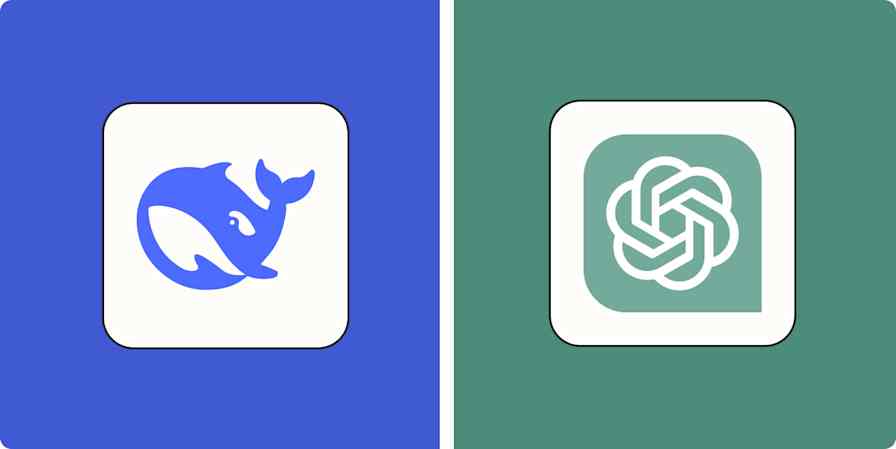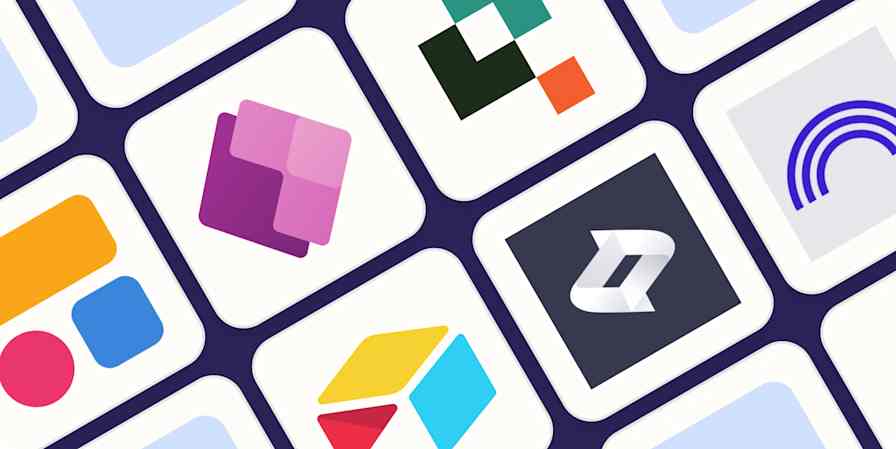App tips
6 min readHow to use ChatGPT to write a cover letter (with prompts)
By Briana Brownell · August 28, 2024

Get productivity tips delivered straight to your inbox
We’ll email you 1-3 times per week—and never share your information.
mentioned apps
Related articles
Improve your productivity automatically. Use Zapier to get your apps working together.








